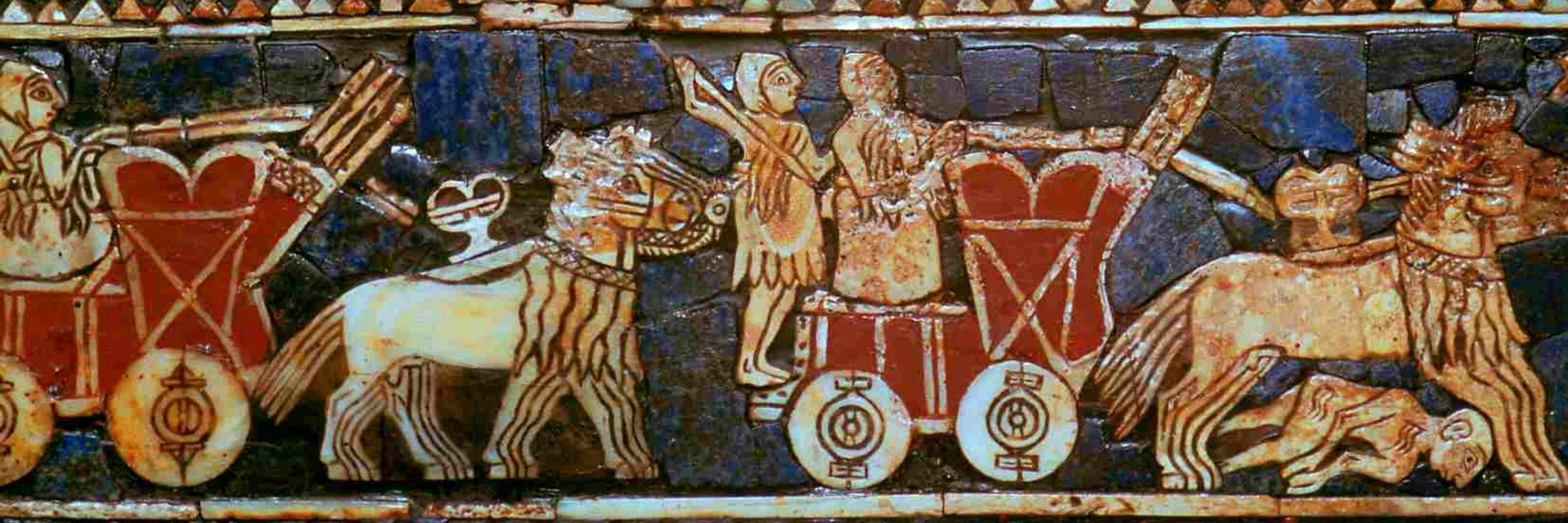
Institut Jacques Monod, Paris
Studying human and animal evolution from a biological and historical perspective using ancient genomes.
#paleogenomics, #aDNA, #genomics, #domestication


















www.nature.com/articles/s41...
rdcu.be/dphgx

www.nature.com/articles/s41...
rdcu.be/dphgx

